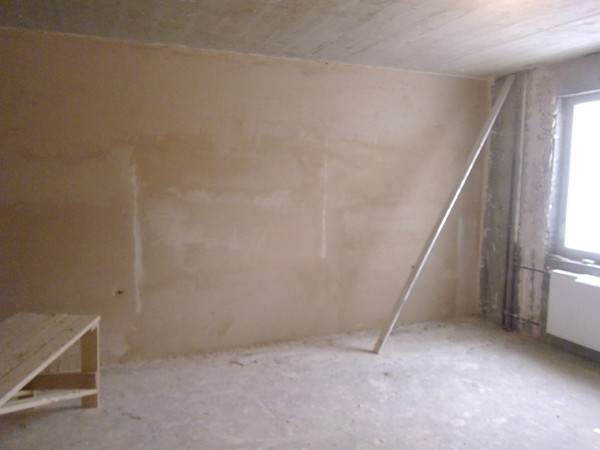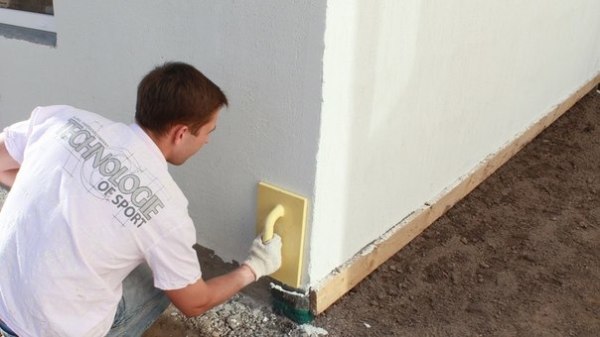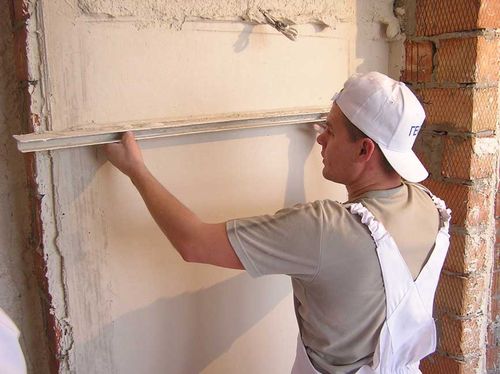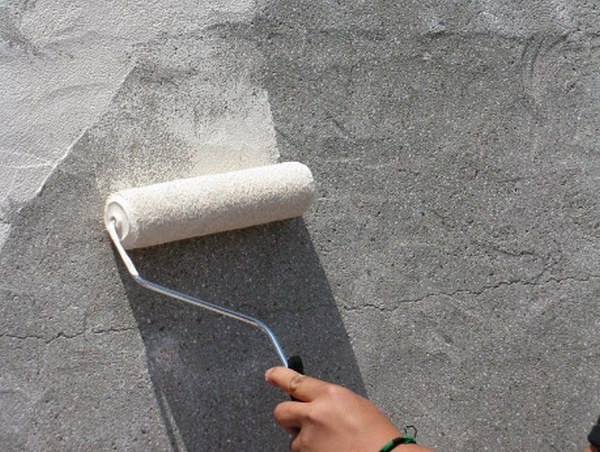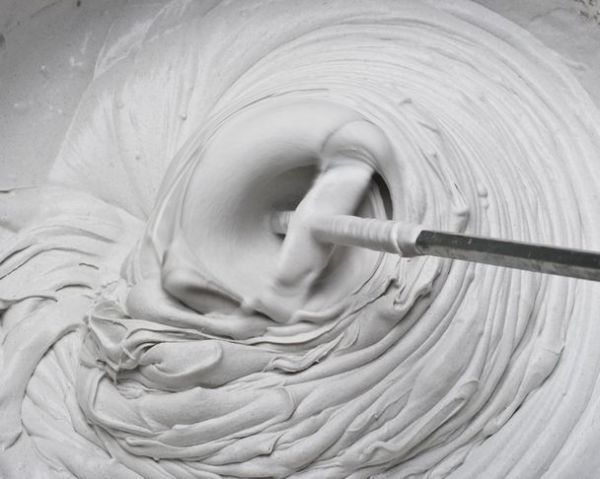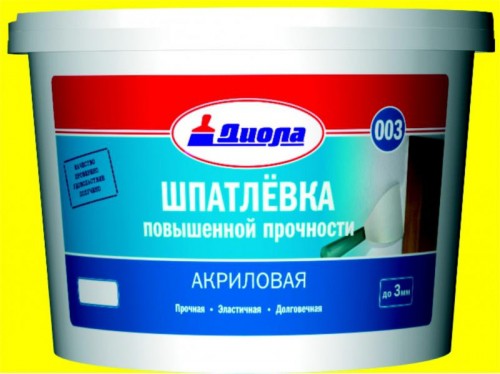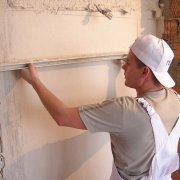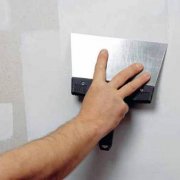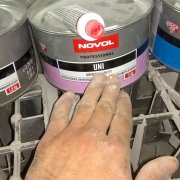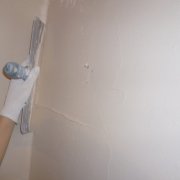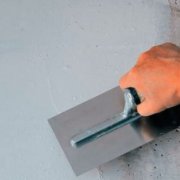How many different types of putty dries
Few people like to make repairs, especially if there is nowhere to move out of the apartment, and you have to live in the midst of dust and building materials. In this case, I want to finish everything as soon as possible.
But if for the sake of such an understandable desire to disrupt the technology, for example, not to take into account how much putty dries before wallpapering, then the next repair will have to be done much earlier than planned.
The content of the article
What determines the speed of drying putty
Laundry washed in the street in the summer dries literally an hour. In spring and autumn - a few hours, and in winter - a few days. It is clear that temperature and humidity directly affect its drying rate.
Building mixtures are mixed with water, which makes them suitable for application, and after its evaporation, the solution hardens and gains strength. Therefore, how long the putty dries, also depends on environmental conditions.
However, there are certain limits on the values of air temperature and its humidity, in which drying should take place:
- The optimum temperature is from plus 5 to plus 20-25 degrees;
- If it falls below the designated threshold, especially to minus values, the polymerization processes in putty are violated and there is no reason to count on its strength and durability. Although special frost-resistant additives can correct the situation;
- If the solution dries during intense heat, the process will go too quickly and unevenly, which will also affect the quality of the coating;
Note. Direct sunlight is especially harmful to a fresh solution. Therefore, freshly finished surfaces should be protected from them with a film or construction mesh.
- Ideal air humidity for high-quality drying of putty structures - 50%. With its increase to 75-80%, the process slows down sharply. It follows that good ventilation can help speed it up. But drafts should be avoided.
The following parameters that affect how much putty dries on the walls are:
- Layer thickness. The larger it is, the longer it will take. It should be noted that a coating consisting of several thin layers, each of which is carefully dried before applying the next, than from one thick layer, will be of better quality. But in total, time for such a finish will require more.
Note. On the packaging with any putty should be printed instructions that regulate the maximum thickness of the application. It also usually indicates the drying rate under optimal conditions.
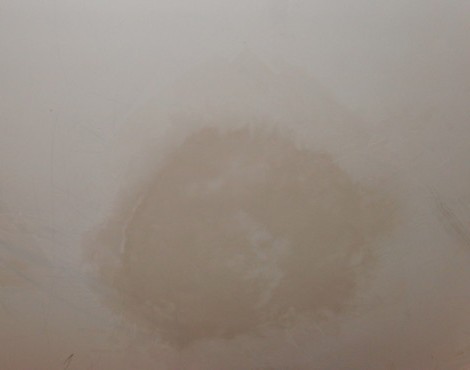
- It also matters on which surface the leveling layer is applied. If it is porous and absorbs water well, solidification will go faster. But this is best avoided in order to avoid cracking of the putty, therefore moisture-absorbing substrates must be coated with a primer (see Primer before puttying walls - is it needed).
In most cases, the basis is plaster. If this is an old layer, it will not affect the repair time.If it’s fresh, you need to know how much the plaster dries before puttying, since only dry surfaces can be leveled.
For reference. Under optimal conditions, a layer of plaster with a thickness of 1.5-2 mm dries out per day. The total drying time increases in proportion to the thickness. This usually takes at least a week.
Finally, another important factor affecting the drying speed is the type of putty used. This is worth talking about in more detail.
How dry putties of different types dry
The type of putty is determined by the type of binding components that make up its composition. When it comes to materials intended for leveling walls and ceilings, then it can be gypsum, cement, lime in its pure form or various combinations, as well as polymeric substances - acrylic or latex.
Gypsum putty
Such compositions are used exclusively for indoor work in dry rooms, since gypsum is highly hygroscopic, and when air humidity is high, they fall off the surface. The advantages of this type include ease of application with your own hands, good adhesion to many substrates, and the absence of shrinkage with the formation of cracks.
In addition, this is the fastest-drying putty for walls, for hardening of which, depending on the thickness of the layer, 3-6 hours are enough. That is, during the day you can have time to apply at least 2-3 layers of small thickness.
It is important. The ability to quickly lose moisture is good for reducing repair times. But it can cause overspending of the material, its damage, since the prepared putty needs to be managed to be used before the time when it begins to harden. The viability of gypsum mixtures is very short, consider this when mixing - prepare the solution in small portions.
Cement and cement-lime putties
If you are interested in how much cement putty should dry, then we answer: at least 24 hours with a layer thickness of 3-4 mm and normal environmental conditions. That is, long enough.
But do not abandon it in favor of other mixtures if:
- You need an exceptionally strong surface for finishing with heavy materials - tiles, porcelain stoneware, artificial stone;
- You need to repair the facade or rooms with high humidity, temperature extremes. Cement compounds are not afraid of water and frost;
- You need putty to seal large cracks, cracks, joints between concrete slabs.
In these cases, you can’t find anything better than cement putty, so you should wait a little while it dries. In addition, its price is the most affordable.
Polymer putties
Latex and acrylic compounds, like cement, are not afraid of moisture. They are universal and can be used both for outdoor and indoor use. But their high cost usually limits the scope: polymer putties can most often be seen on the ceiling and walls in residential areas where perfect finishing is required.
Their main advantage is high elasticity and the absence of deformation during drying. And also the possibility of applying a very thin layer, which often does not reach even 1 mm.
Since how much dries finishing putty, depends on the thickness of the layer, the polymer compositions get a huge advantage over other putties, when it is necessary to speed up the repair. It will be possible to paint or glue the wallpaper in 3-4 hours after its application.
At the same time, the mixture itself does not harden as quickly as gypsum. In a tightly closed container, it may not lose its properties for several weeks.
Conclusion
Based on the foregoing, you can roughly determine how much time you need to level the walls, depending on the chosen putty and the initial state of the surface. You can also speed up the process by artificially creating optimal conditions for drying. But remember that it is absolutely impossible to arrange drafts and direct streams of warm air onto newly finished surfaces.
Failure to comply with the technology of work and the drying time of each layer will definitely negatively affect the quality and durability of the coating. You can see this by watching the video in this article. Therefore, it is better to be patient and do it right.
